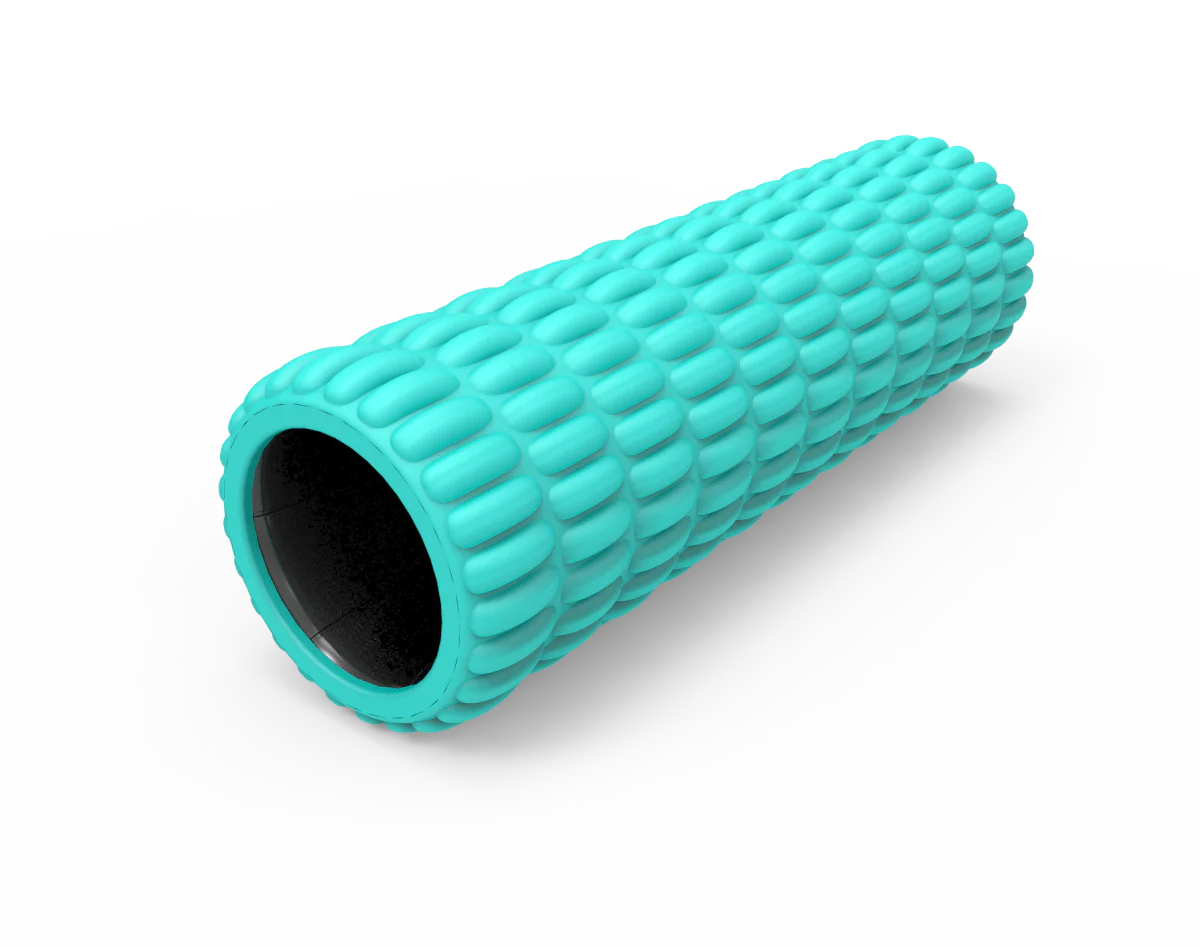Piriformis syndrome can cause discomfort and pain in the lower back, buttocks, and legs. This condition occurs when the piriformis muscle becomes inflamed or tight, often as a result of prolonged sitting, repetitive activities, or overuse.
There are several ways to manage the symptoms of piriformis syndrome, including foam rolling. Foam rolling is a self-massage technique that involves using a foam roller to apply pressure to specific muscles, helping to release tension and promote relaxation. Foam rolling can help reduce pain and inflammation associated with piriformis syndrome by improving blood flow to the affected area, releasing trigger points, and increasing mobility.
To use a foam roller for piriformis syndrome, start by sitting on the foam roller with your knees bent and your feet flat on the floor. Cross your right ankle over your left knee and place your hands behind you for support. Slowly roll back and forth over your right buttock, applying gentle pressure to the piriformis muscle. You may feel some discomfort or pain, but try to breathe deeply and relax into the stretch. Repeat on the other side.
Foam rolling can be done weekly, as part of a regular stretching and exercise routine. It is important to remember that foam rolling is a self-care technique, and it is not a substitute for medical treatment. If you experience severe or persistent pain or discomfort, seek the advice of a healthcare professional.
Foam rolling is a simple and effective way to manage the symptoms of piriformis syndrome. By incorporating foam rolling into your weekly routine, you can help reduce pain, improve mobility, and promote overall wellness










Leave a comment
This site is protected by hCaptcha and the hCaptcha Privacy Policy and Terms of Service apply.